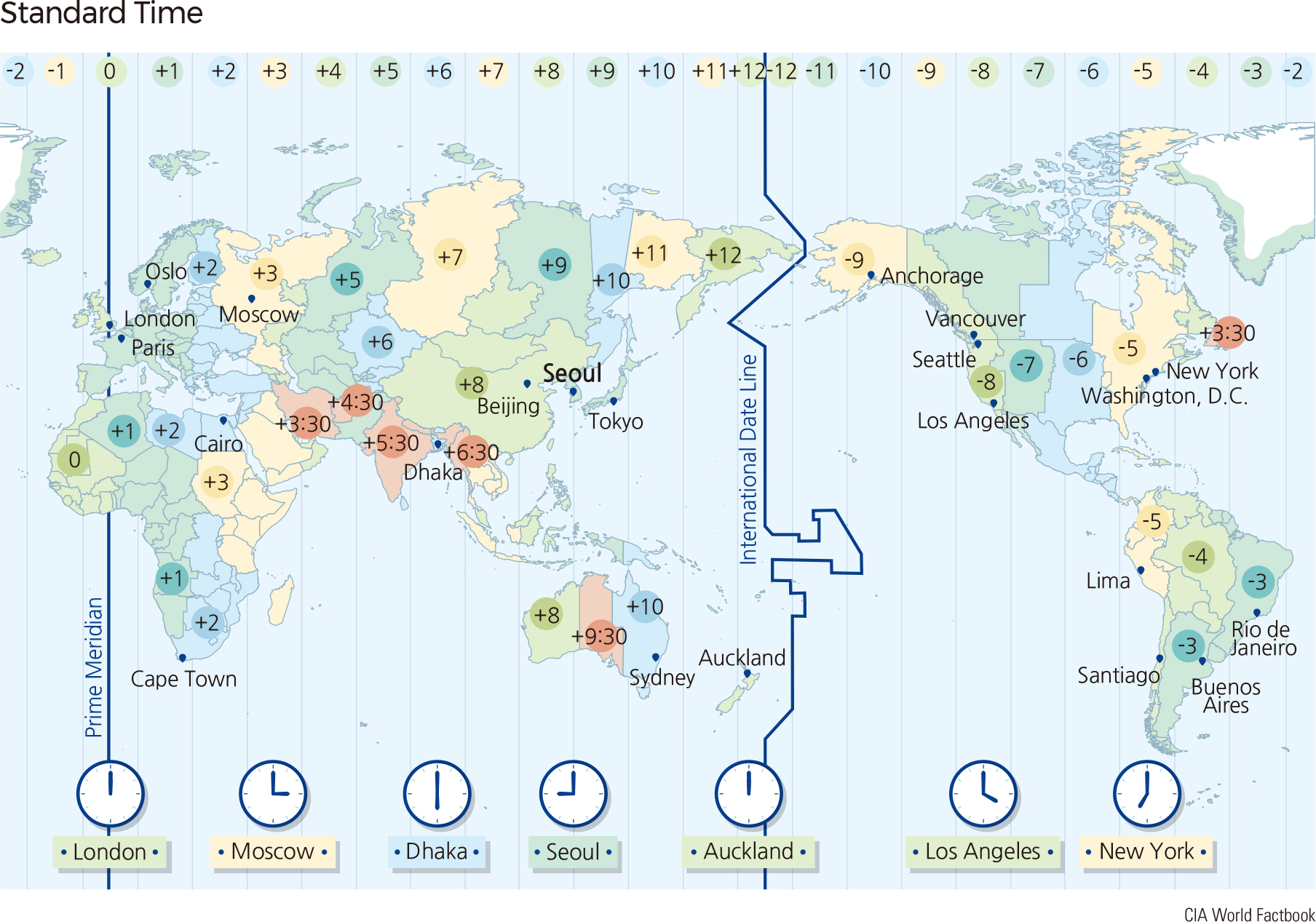Comprehensive Edition 2022
The Korean Peninsula’s location at the edge of the Asian continent was once viewed as disadvantageous, exposed to outside invasion and control. In today’s world, however, this geographic position is increasingly seen as having many advantages. The peninsula’s location, easily accessible to both the continent and the ocean, provides economic, cultural, and geographical linkages to the region and beyond.
Korea’s geographic accessibility has enabled Seoul to develop into an important East Asian transportation hub. Within a 2,000 km radius of Seoul, there are around 40 cities, with more than 1 million residents. Beijing and Tokyo are around a two-hour flight away from Seoul. Several Southeast Asian cities are within a seven-hour flight, including Bangkok and Singapore. Incheon International Airport serves as a major hub for many flights from Southeast Asia to the Americas. Moreover, many cities in Europe, North America, and Africa are accessible via direct flights.
Technological advances have enabled easy and instantaneous communication between continents. Thus, it is important for the people around the world interacting with the people of Korea via remote meetings, for example, to be aware of the time difference. The entirety of Korea is on one single time zone Korean Standard Time (KST). Defined around the standard meridian of 135° E, KST is nine hours ahead of Coordinated Universal Time (UTC). North Korea also uses KST, and neither South Korea nor North Korea uses Daylight Saving Time. Korea uses the same UTC offset (+9) as neighboring Japan and is one hour ahead of Beijing, China.
Korea has been in the spotlight as a trade and logistical hub, and an information and knowledge center at the core of the East Asian economy. The combined GDPs of the three major countries in East Asia (Korea, Japan, and China) are only slightly different from the GDPs of the United States and the European Union. Korea has the potential to expand economically and culturally, by connecting with the Eurasian landmass via North Korea and expanding its marine trade with China, Russia, and North Korea via the East and Yellow Seas. Korea is at a strategic point for developing vibrant economic and cultural exchanges with other coastal and neighboring countries. |

